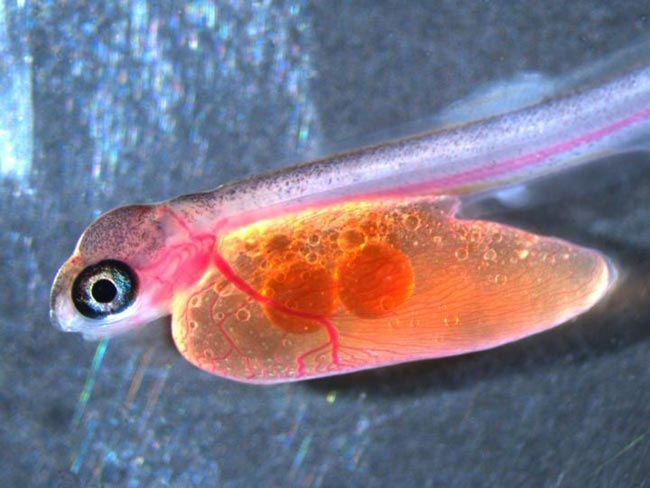Simple Trick Makes Fish Brains Grow

Trout bred in captivity have smaller brains than those born in the wild, but scientists have recently discovered how to put hatchery-born fish brains on par with fish born in rivers.
All it takes is a few stones.
A little variety in the tank also produces fish that behave more like those born in the wild, which could increase the success rate of restocking rivers and streams.
In the wild, steelhead trout lay their eggs in gravel nests on the riverbed. When the eggs hatch, the baby trout stay near the nest and live off their nutrient-rich yolk sac until they can swim freely.
Hatcheries raise fish in tanks filled with clean, well-aerated water but without environmental features or enrichment.
Researchers at the University of California, Davis scattered a few stones on the tank bottoms of some fish and measured brain size 10 to 12 days after hatching.
Fish reared in tanks with stones and in tanks without had similar brain size. But the fish that grew up with stones had significantly larger cerebellums, the part of the brain that controls movement and body position, like those of fish born in rivers.
Get the world’s most fascinating discoveries delivered straight to your inbox.
Researchers videotaped the fish and found that stone-reared fish also moved around less, perhaps because they used their yolk sac more efficiently.
The findings could affect the design of hatcheries for breeding fish better suited to restock wild populations, the researchers say. The results were detailed last month the journal Experimental Biology.


